Load by Metallica
Buy Load Five years in the making, Metallica took a semi-radical turn on their sixth studio album, Load. The album incorporates elements of alternative rock, blues, southern rock and even country while remaining […]
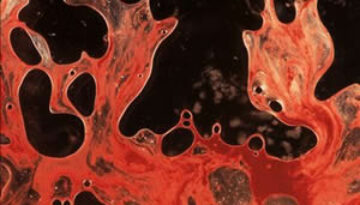
Buy Load Five years in the making, Metallica took a semi-radical turn on their sixth studio album, Load. The album incorporates elements of alternative rock, blues, southern rock and even country while remaining […]
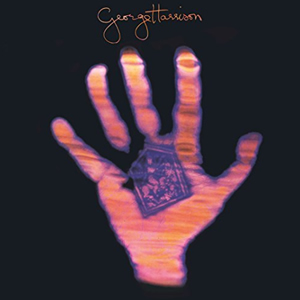
Buy Living in the Material World Living in the Material World was the fourth overall studio album (and second pop/rock release) by former Beatle George Harrison. This long-anticipated 1973 album is distinct in […]

Buy Live Through This For their second album, Hole took a much different approach than on their debut, Pretty On the Inside. That first album featured a straight-out, punk rock approach, while Live […]
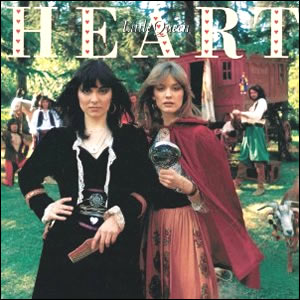
Buy Little Queen It wasn’t easy for Heart to follow-up their brilliant 1976 debut Dreamboat Annie. They started and stopped an album for Mushroom Records, which was later patched together as the release […]

Buy Little Earthquakes Little Earthquakes is the debut solo album of singer/songwriter Tori Amos. It followed the dissolution of her 1980s synth-pop band called “Y Kant Tori Read”, with a batch of a […]
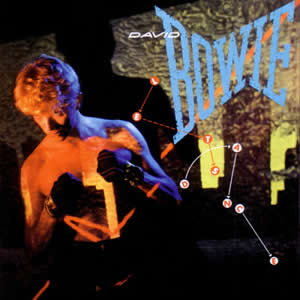
Buy Let’s Dance An artist who seemed to constantly reinvent himself, David Bowie created a stylized and soulful new-wave album with a romantic signature on the 1983 album Let’s Dance. It was Bowie’s […]
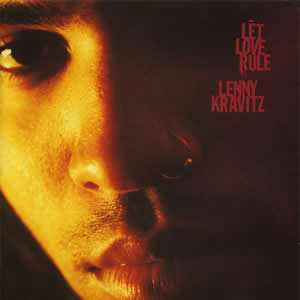
Buy Let Love Rule While only a moderate success in the United States, the 1989 debut album by Lenny Kravitz became an instant and huge hit elsewhere in the world. Let Love Rule […]
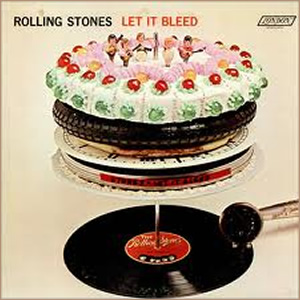
Buy Let It Bleed The middle release of the three greatest Rolling Stones albums, Let It Bleed finished the decade of the 1960s with a mostly solid blues/rock effort which contains a pop/rock […]
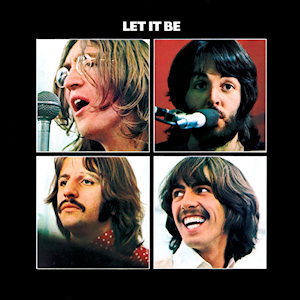
Buy Let It Be Released less than a month after the announcement of their breakup, Let It Be was a unique release by The Beatles on several fronts. First, the bulk of the […]
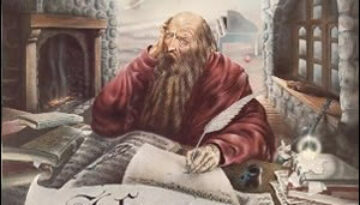
Buy Leftoverture For a long time I considered Kansas to be more like a sidekick act in relation to those truly talented British progressive rock bands. This was probably due, in no small […]